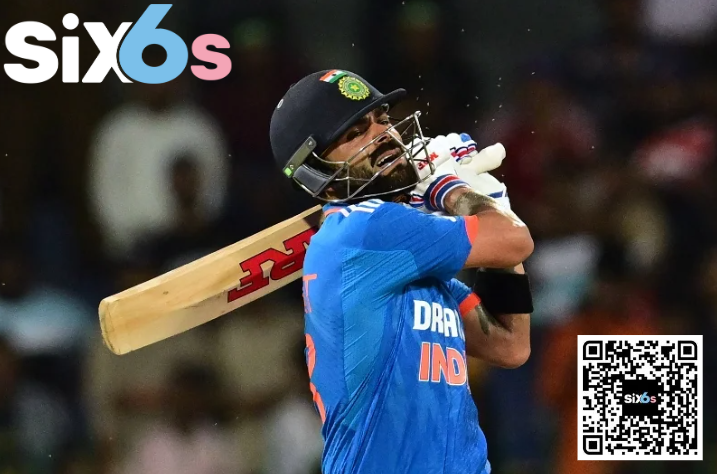How many overs are allowed in ODI? This is a common question asked by cricket fans, especially those who are new to the sport. In this article, we will explain everything you need to know about the number of overs in ODI cricket, including the history of the format, the rules regarding overs, and how they are counted.

One-Day International (ODI) cricket is a form of limited-overs cricket played between two teams with international status. Each team bats for a fixed number of overs, currently 50. The team with the most runs at the end of the match wins.
The number of overs in ODI cricket has changed over time. In the early days of the format, matches were played with 40 or 45 overs per side. However, the number of overs was standardized at 50 in 1979.
Why are there 50 overs in ODI cricket?
There are a few reasons why there are 50 overs in ODI cricket. First, it is a relatively short format of the game, which makes it ideal for television and spectators. Second, it is a format that allows for a balance between batting and bowling. Third, it is a format that is relatively easy to understand for new fans.
How are overs counted in ODI cricket?
An over in cricket consists of six balls bowled by one bowler. The bowler continues to bowl until he/she takes a wicket, bowls all six balls, or is replaced by another bowler.
The number of overs in a match is counted by the umpires. The umpires keep track of the number of overs bowled by each team and the number of overs remaining in the match.
Rules regarding overs in ODI cricket
First, each team must bat for 50 overs unless they are all out earlier. Second, a team cannot declare their innings closed. Third, if the weather prevents a full 50 overs from being bowled, the match may be reduced to a shorter format using the Duckworth-Lewis method.
Impact of the number of overs on ODI cricket
The number of overs in ODI cricket has a significant impact on the game. A higher number of overs favors batsmen, as they have more time to score runs. A lower number of overs favors bowlers, as they have fewer balls to bowl and therefore less time to be hit for runs.
The number of overs has also had an impact on the tactics used by teams in ODI cricket. However, in recent years, teams have become more aggressive and have adopted a more attacking style of play. This is due to the fact that teams now have more time to score runs and can therefore afford to take more risks.
In Conclusion
A higher number of overs favors batsmen, while a lower number of overs favors bowlers. The number of overs also has an impact on the tactics used by teams in ODI cricket.
Subcategories
- History of the number of overs in ODI cricket
- Rules regarding overs in ODI cricket
- Impact of the number of overs on ODI cricket
Meta description
The history of the format, the regulations governing overs, and how they are tallied are all covered in detail in this article about the number of overs in ODI cricket.
